-
Posts
2.058 -
Joined
-
Last visited
-
Days Won
51
Posts posted by Genava55
-
-
13 minutes ago, Lion.Kanzen said:
what about sacred groves as SB 3 or 4 ?
Sacred grove, shrines, heroic statue are possible as well.
-
 1
1
-
-
22 minutes ago, Nescio said:
Thanks for the information. D2155's question is whether “Druides” is a proper specific name (I don't know). What language is it? The same as what is used for the Briton and Gaulish structure specific names (given by you here)?
It is assumed that the word druid comes from Proto-Celtic *druwits / *druwid. As reported by the Romans, Druid is the use in gaulish. If we assume singular Druid, then it is Druides in plural form. In Scottish Gaelic, singular form is draoidh and plural is draoidhean. In Old Irish, the singular forms are either drui or druid. So I would say Druid and Druides are correct for both Gauls and Britons.
36 minutes ago, Stan` said:I noticed you are not in the game history.json credits files. How would you rather be credited? Just nick? Nick + Real Name? Just real name? No credits?
Nick is fine.
-
2 minutes ago, Nescio said:
British in an ethno-linguistic sense (Brittonic), but Scottish in a geographic sense? (The Scots came from what is now Northern Ireland in the early mediaeval times and later replaced the Picts, in “Alba”.)
I know this is weird but the old historians choose to use the label "British" to designate the southern Iron Age. Cannot change history. Now, British archeology moved during the last decades to a paranoid state, refusing to generalize anything properly, questioning even the use of the term "Celtic" to the Britons. So, there is no widespread terminology for the Iron Age in Scotland.
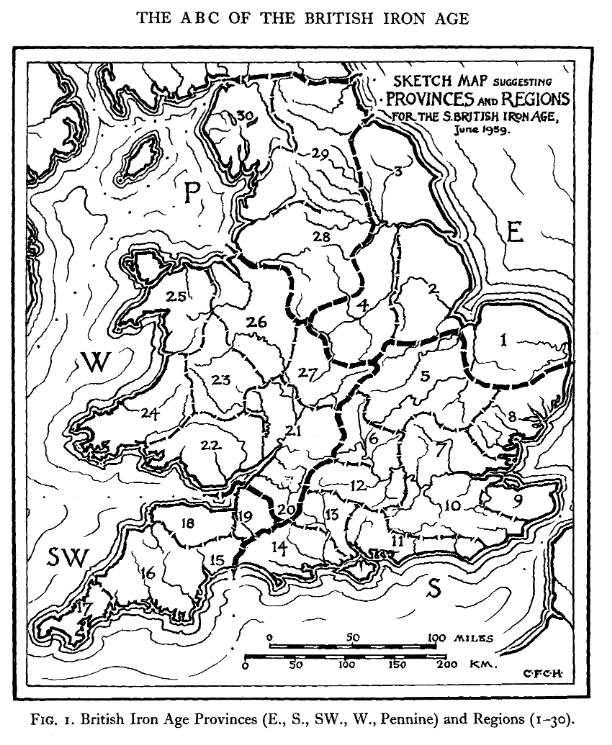
-
1 hour ago, Nescio said:
if it's closer to 100 BC, then it's probably Roman influence.
Until the first half of the 1st century AD, I don't think the rectangular scutum has been popular among the legions.
-
 1
1
-
-
9 hours ago, Stan` said:
Generally Druids are considered practicing medical intervention. Although there are debates about the wide term and its limits. Druid could be a generic term applied to a wide range of intellectual practitioners with specialists. Or a very specific term for high-ranking member of the priest class. Anyway, I think it is safe to use the Druid terminology for the healer but if you want several kind of "priests", you can use for the healer another name known from the Celtic society: the Uatis, which is the counterpart of the Roman Vates. But in my opinion, Druid is ok currently.
1 hour ago, Nescio said:Give the Gauls a b/a/e infantry archer (well attested by Caesar)
I agree, furthermore it gives a difference with the Britons.
1 hour ago, Nescio said:maybe a cavalry swordsman (Carthage can train it already)
For me, the Gallic cavalryman is probably the most important figure of the Gallic warfare and probably the most reputed tactical unit in the view of other cultures. However, I do not want to make them overpowered with regular foot swordsmen AND cavalry swordsmen if the current gameplay favors the sword that much. Swords and longswords are a kind of topos (cliché) for the Gauls at their time and clearly from the material evidences, the sword is really an important item of the warrior class, following as well the evolution of the warfare century after century with adapting features.
1 hour ago, Nescio said:and perhaps a chariot (images of Celtic chariots have been found in Northern Italy)
Without any doubt, Gauls did used chariots in battles. There are depictions, classical accounts and material evidences for these. However, the use of war chariot started to fade during the 3rd century BC and we find no material evidences and no accounts for the 2nd and 1st century BC for the Gauls. So, I would suggest to keep it for the Britons. But if you guys prefer to give it to both, no problem with that.
1 hour ago, Nescio said:Disable the problematic kennel and make war dogs trainable at structures players would actually build, e.g. barracks, corral, house.
I agree.
1 hour ago, Nescio said:Replace the tavern with something more meaningful.
I agree.
1 hour ago, Nescio said:Give Britons or Gauls (or both) a new temple actor. Currently they use fundamentally the same actor, which has a design similar to barracks: (Don't delete the old actor; modders might want to use it for e.g. a non-buildable mercenary camp.)
I agree. Different temples can be done for them.
1 hour ago, Nescio said:Give Britons and Gauls new wonder actors; both the Stonehenge and the Uffington White Horse are problematic.
I agree and I liked the prototypes made by Stan.
1 hour ago, Nescio said:Differentiate Briton and Gaul druids (e.g. one has more health, the other more armour)
I agree and I can suggest new helmets to differentiate them. We can even give weapons. To discuss if needed.
Edit:
1 hour ago, Nescio said:Britons could also use some new units (perhaps champion javelineers?), but I know very little about them, so I'll leave them to @Genava55 and others.
Britons are a harder topic even for me. Lower area (only England and Wales), lower density of warfare related material evidences, fewer classical accounts, fewer interest for decades (for various reasons), very restrictive practice of publication, tendency in the past from British historians to apply blindly what have been found on the continent to Britons to fill the gap etc.
However, I want to highlight that the current faction of the Britons is mixing Scottish and British Iron Age (Broch for example). Which I don't think is a problem since most of the time, the Romans weren't able to differentiate them. And it could be a good opportunity to give unique features to the Britons through inclusion of Scottish and Irish Iron Age (although complex topics).
-
 1
1
-
-
-
A call for a Konnik feature and a dismounted function ?
-
Unshielded cavalrymen are often Italics "returning homes" or carrying their textile standard in the other hand, so maybe an artistic canon.
-
4 hours ago, Loki1950 said:
If I remember correctly the Scythian nomads had similar thing for horns so not surprising that a neighbouring culture echos it though it does kinda muddy the the origin evidence for either culture.
Enjoy the Choice

Yep. Both cultures emphasize horse and horsemanship in addition. Several element of the La Tene art are inspired by nomadic animal art. Silk has been found in a Hallstatt tomb, probably from trading with the Scythians.
-
 2
2
-
-
8 hours ago, Loki1950 said:
He did say riding a Bull not a horse

Enjoy the Choice

Actually I think it is a horse. I wouldn't take the page words too seriously, he did say wrong things sometimes. It could be this kind of practice:
-
 1
1
-
-
-
1 hour ago, Sundiata said:
There's nothing mythological about Scythian female warriors though... They're well attested in the archaeological record.
This one's fresh off the press:
I totally know this and I am not contesting these because there are plenty of material evidences for nomad women warriors.
I am contesting the idea solely based on tales and myths.
-
 2
2
-
-
1 hour ago, uovobw said:
During the ancient times there have been cultures/civizations (between 500 bce - 100 ce) that were matriarcal, feminist, matrilinear or with warrior women such as: ... the list of names is basically the same .... (And debate is underway for many others)
I remain unconvinced about women warriors based only on mythological figures and folkloric tales. This is like arguing for Greek women warriors because of Artemis, Atalanta and Athena.
-
 2
2
-
-
I think the idea is to make historical campaigns one day, another big piece waiting. So clearly your work will be appreciated. And I like the idea of the unit.
-
 2
2
-
 1
1
-
-
6 hours ago, Lion.Kanzen said:
Camelry?
Hummm, Persians...Egyptians (Ptolemies), Parthians, Nabateans , Palmyrene.
The first recorded use of the camel as a military animal was by the Arab king Gindibu, who is claimed to have employed as many as 1000 camels at the Battle of Qarqar in 853 BC. A later instance occurred in the Battle of Thymbra in 547 BC, fought between Cyrus the Great of Persia and Croesus of Lydia. According to Xenophon, Cyrus' cavalry were outnumbered by as much as six to one. Acting on information from one of his generals that the Lydian horses shied away from camels, Cyrus formed the camels from his baggage train into an ad hoc camel corps with armed riders replacing packs. Although not technically employed as cavalry, the smell and appearance of the camels was crucial in panicking the mounts of the Lydian cavalry and turning the battle in Cyrus' favor.[3]
More than sixty years later, the Persian king Xerxes I recruited a large number of Arab mercenaries into his massive army during the Second Persian invasion of Greece, all of whom were equipped with bows and mounted on camels. Herodotus noted that the Arab camelry, including a massive force of Libyan charioteers, numbered as many as twenty thousand men in total strength.
According to Herodian, the Parthian king Artabanus IV employed a unit consisted of heavily-armored soldiers equipped with spears (kontos) and riding on camels.[4]
Romans introduced camels in some of their North African military units under the Emperor Hadrian, during the second century.[citation needed] Camel troops or dromedarii were used during the late Roman Empire.
The camel was used in this way by many civilizations, particularly in the Middle East. As early as the 1st Century AD Nabatean and Palmyrene armies employed camel-mounted infantry and archers recruited from nomadic tribes of Arabian origin. Typically such levies would dismount and fight on foot rather than from camel-back.[5] Extensive use was made of camels during the initial campaigns of Muhammad and his followers.[6] Subsequently, the Arabs used camels effectively against their horse-mounted Sassanid and Byzantine enemies during the Muslim conquests.
Seleucids used them as well but as mounted archers. That is probably the question of Alexandermb, to know which civ could have used them as a melee cavalry. Arabs probably (Saba, Nabata etc.) and Persians because of Arabs mercenaries.
-
 2
2
-
-
I know Vice has a bad reputation but this article is far from being horrible.
Video games, especially strategic games, have huge effect on how the average person thinks about other civilizations distant in time and space. A lot of persons discovered the Hellenistic kingdoms and dynasties thanks to video game like the Total War series. So it is quite an important matter for history nerds to understand and to question these things.
The article rises interesting questions about the common (mis)conception of progress as linearly growing to more and more civilization. The problem is the same with human evolution and the common view of The March of Progress which has affected how we view prehistoric men. Actually, most of the games with a linear progress has represented Medieval times as far superior than Ancient ones, like Empire Earth and Civilization, which is actually something bothering on some aspects. It is true that the Medieval times are not the dark age often depicted, true that some areas have progressed, but overall Medieval times suggest smaller armies with less training in average and poorer logistics. Which in strategic games should be an important factor but interestingly it is not the case. That's only an example but it illustrates how video games struggles with exception in the framework.
However the article make a fallacious argument saying the goal of these kinds of games (like Civ) is to remove diversity. Actually this is simply due to what happened in history. These kinds of game are kinda deterministic and have literally zero imagination to develop any kind of civilizational anachronism. You can become the world ruling Aztec Empire from the early game but somehow you will still end with a Western legacy of civilization in the modern period. But I think it is quite a difficult task, rebutting most of the developers to make a game permitting true anachronisms.
Another good point of the article is the common view of primitive and simplicity increasing together the more we look in the past. Simply to enable a bit of introspection and retrospection, I will ask a question about something we talked a few weeks ago about civilization with population bonus in 0 AD. Where did the idea come from that the Celts should have a population bonus? This is an interesting question because it puts the finger on different things we have inherited from the ancients about "barbarians". The same for the idea to put a tavern as representative of a civilization. This is not a critic and I put the guilt of all this in the failure of the academic system to share knowledge outside its own sphere and of the media to have almost zero interest to promote knowledge.
12 hours ago, Sundiata said:The author seems to be critiquing Hegelianism, or Hegel's Philosophy of History, but doesn't mention him in the article, choosing to talk about Darwin and Spencer's Social Darwinism instead. Those are of course relevant as well but most of these games follow some sort of Hegelian principle more than anything (stages of history)...
Actually the author doesn't seem to criticize the principle of subdividing history since he choose the example of humankind as something better. And Hegel's philosophy is quite more subtle because he focuses on the march of freedom as the main factor of progress, which is attacked in the article. The author should have mentioned Hegel indeed. But the subdivision and the view of history as a succession of stages are not something Hegel invented. Hesiod, Rousseau, Dugal Stewart viewed the history of mankind with the same idea before Hegel.
-
 1
1
-
-
Helmets with transverse crest are normally known to be something related to the centurions during the late Roman Republic and most of the Roman Empire.
-
 1
1
-
-
4 hours ago, Lion.Kanzen said:
Rams still op vs pikeman. Ptolemies haven't a trash unit to deal to them.
What are the damage types inflicted by pikemen? 100% piercing?
-
You really did a great job Alexandermb!
-
 5
5
-
-
Cattle Domestication: from Aurochs to Cow
http://www.cambridgeblog.org/2016/02/cattle-domestication-from-aurochs-to-cow/
-
 1
1
-
-
1 hour ago, Nescio said:
all siege engines are uncapturable; they require specialists to operate and killing the crew makes them useless
Appian, The Illyrian Wars 4: "[18] The transalpine Iapydes, a strong and savage tribe, drove back the Romans twice within the space of about twenty years, overran Aquileia, and plundered the Roman colony of Tergestus. When Augustus advanced against them by a steep and rugged road, note they made it still harder for him by felling trees. As he advanced farther they took refuge in another forest, where they lay in ambush for the approaching foe. Augustus, who was always suspecting something of this kind, sent forces to occupy certain ridges which flanked both sides of his advance through the flat country and the fallen timber. The Iapydes darted out from their ambush and wounded many of the soldiers, but the greater part of their own forces were killed by the Romans who fell upon them from the heights above. The remainder again took refuge in the thickets, abandoning their town, the name of which was Terponus. Augustus took this town, but did not burn it, hoping that they also would give themselves up, and they did so.
[19] Thence he advanced to another place called Metulus, which is the chief town of the Iapydes. It is situated on a heavily timbered mountain, on two ridges with a narrow valley between them. Here were about 3,000 warlike and well-armed youth, who easily beat off the Romans who surrounded their walls.
The latter raised a mound. The Metulians interrupted the work by assaults by day and by night, and harassed the soldiers from the walls with engines which they had obtained from the war which Decimus Brutus had waged there with [Marc] Antony and Augustus. When their wall began to crumble they built another inside, abandoned the ruined one, and took shelter behind the other.
The Romans captured the abandoned one and burned it. Against the new fortification they raised two mounds and from these threw four bridges to the top of the wall. Then, in order to distract their attention, Augustus sent a part of his force around to the rear of the town and ordered the others to dash across the bridges to the walls. He ascended to the top of a high tower to see the result."
-
I am in favor of non-covered rams. If this is too much unbalanced for the factions using those (too weak), let's give them the possibility to upgrade it to covered battering rams through a research. And the Mediterranean factions could have the covered ones directly from the start without any research.
I hope sapping will be added in the game one day in the future but that is a more complex thing to add.
-
 1
1
-
-
Discovery of four statues in Bretagne (France)
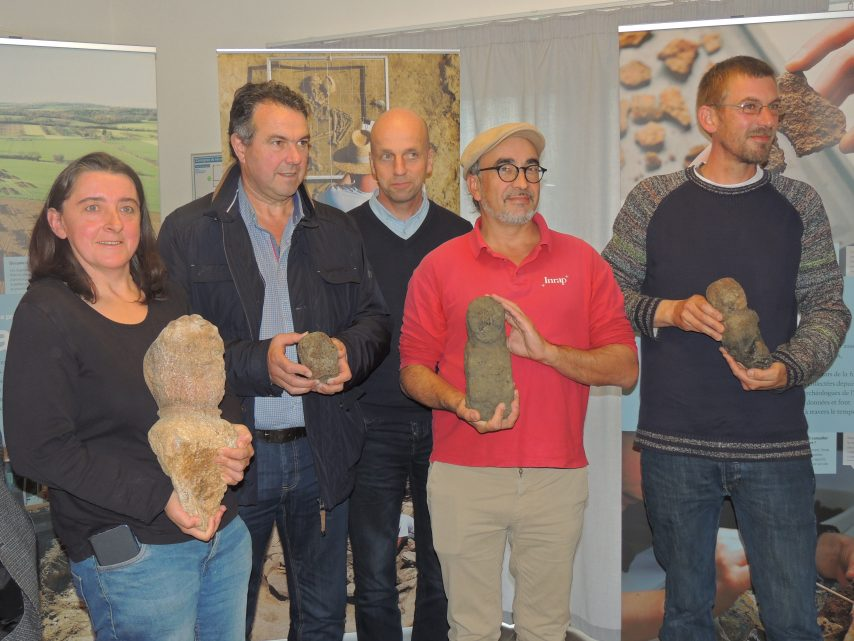
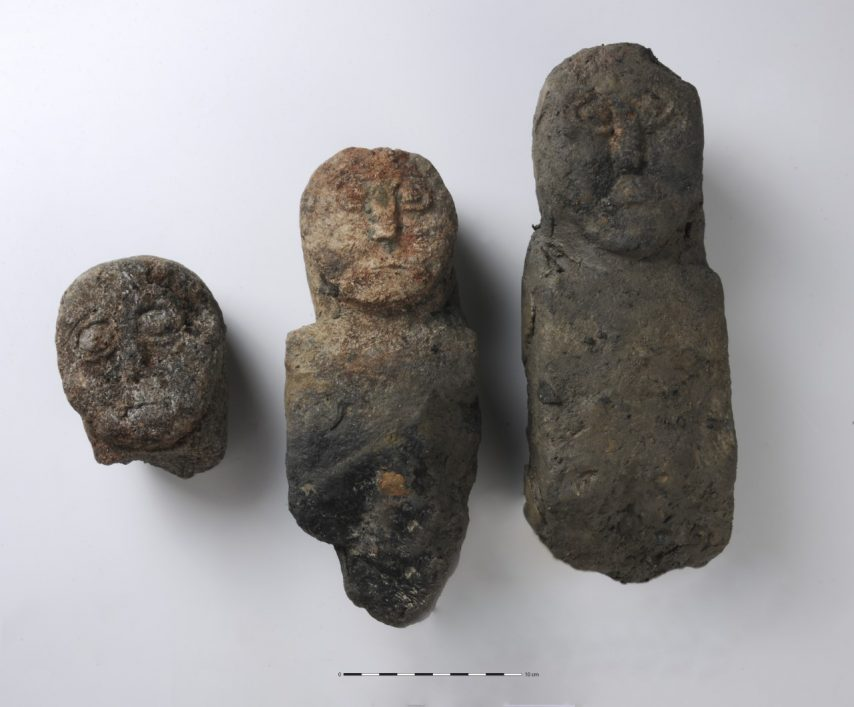
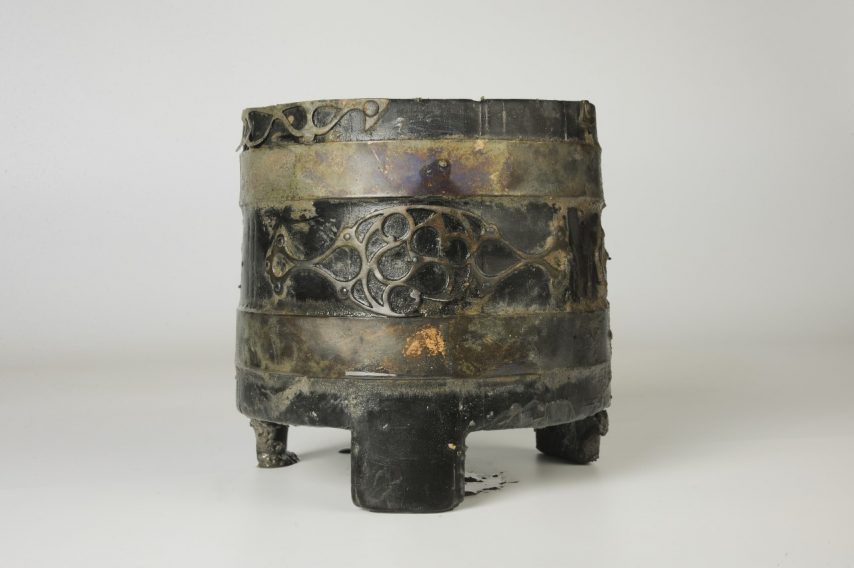
-
 2
2
-
-
Iron Age shield found in Pocklington is "one of most important ancient finds this millennium"
“The popular belief is that elaborate metal-faced shields were purely ceremonial, reflecting status, but not used in battle. Our investigation challenges this with the evidence of a puncture wound in the shield typical of a sword. Signs of repairs can also be seen, suggesting the shield was not only old but likely to have been well-used,” said Paula.
-
 2
2
-


.thumb.jpg.b21ca1d0c15fb56b42c39b25a0a40815.jpg)
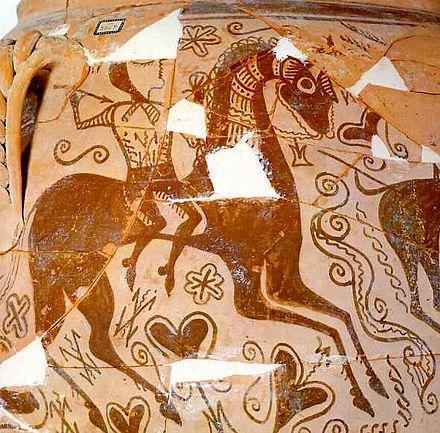
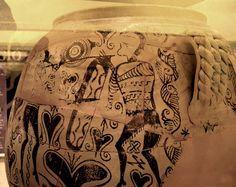
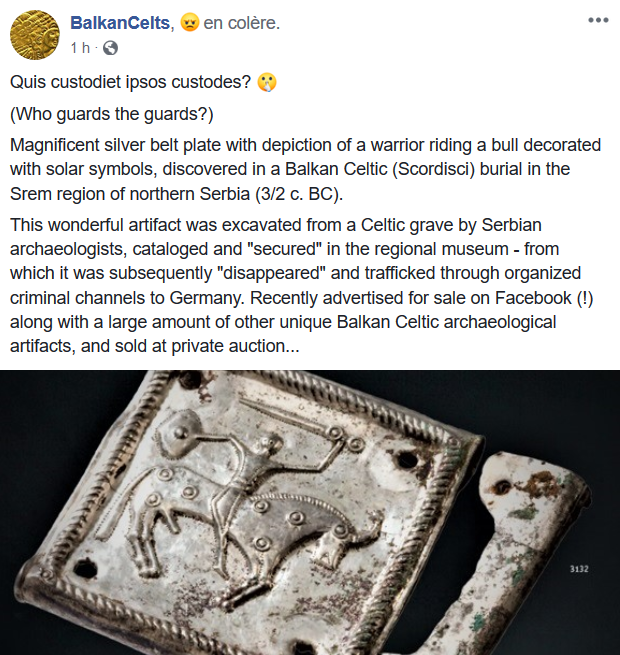
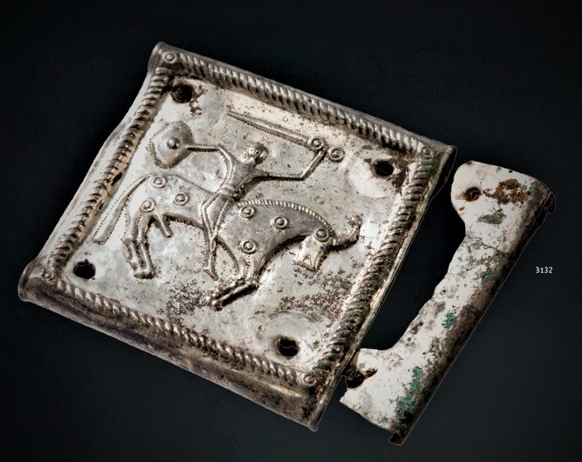
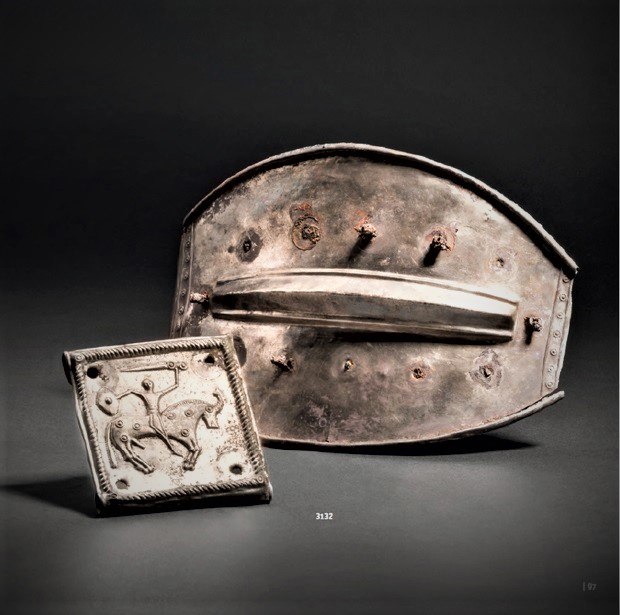
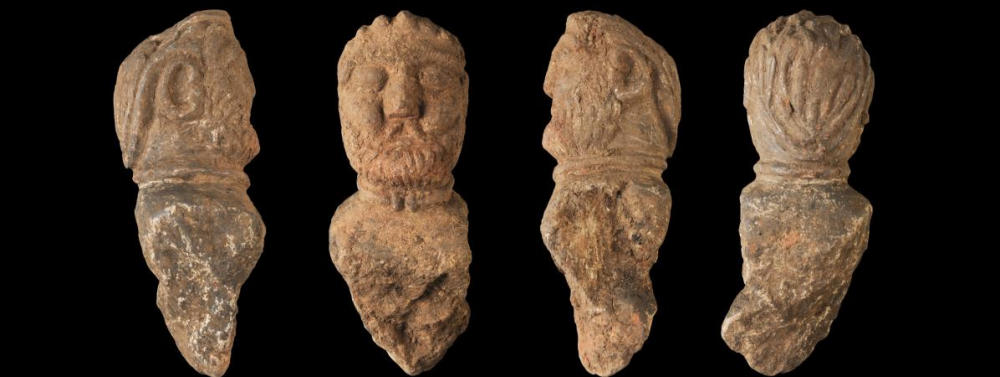
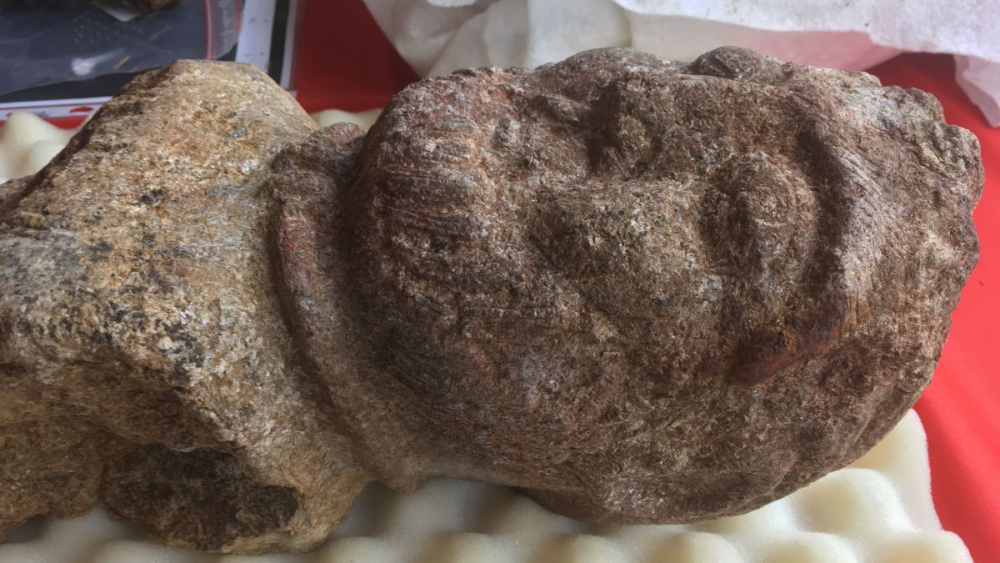
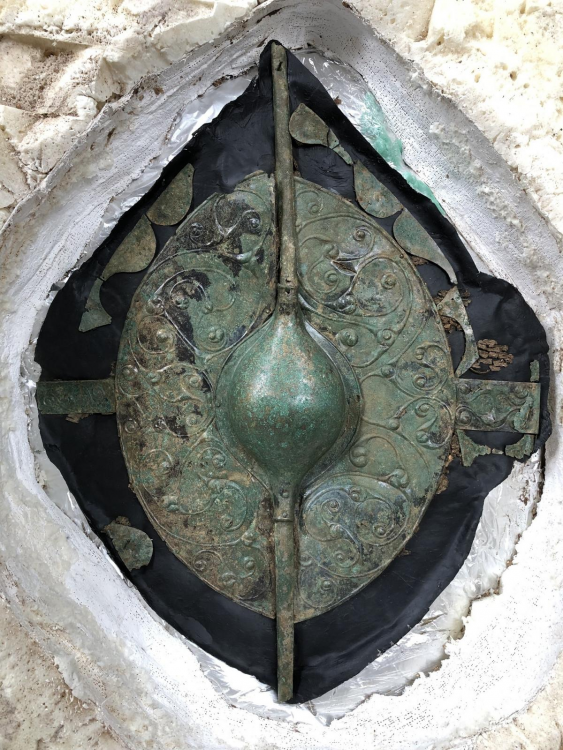
Specific Name Review: Units
in Game Development & Technical Discussion
Posted
Checked what Delamarre says about the druid and he suggests druis as singular nominative while Savignac suggests druid as singular nominative. Delamarre starts from the case of a "druias", a female druid reported by Ælius Lampridus. Personnally I find the druid and druides more probable.
@wackyserious do you want to do a female version of the druid?
You will wait a long time if you are hoping to find someone specialized in the Iberian language. It is still not decipherable. The only solution I see is to assume a connection with proto-Basque. Which is probably the less wrong solution.